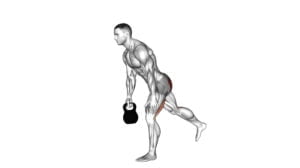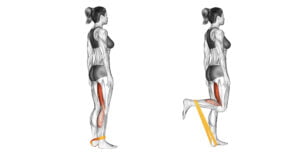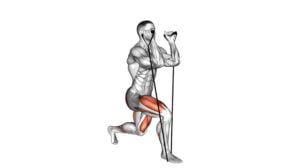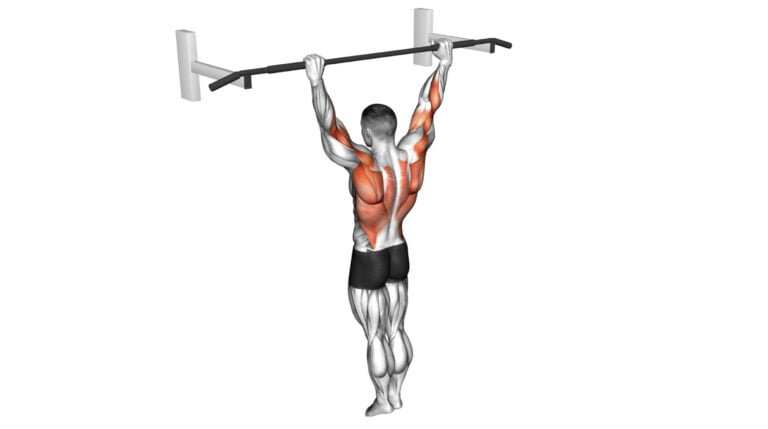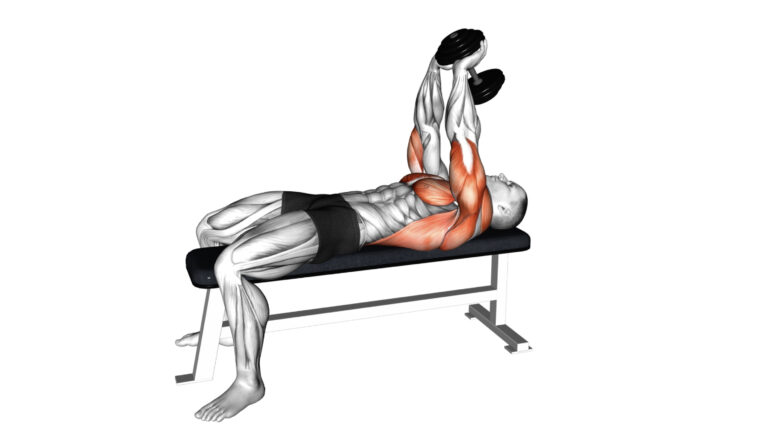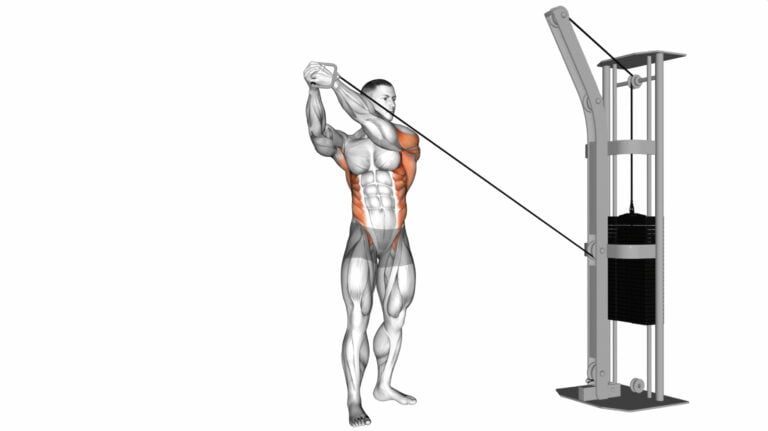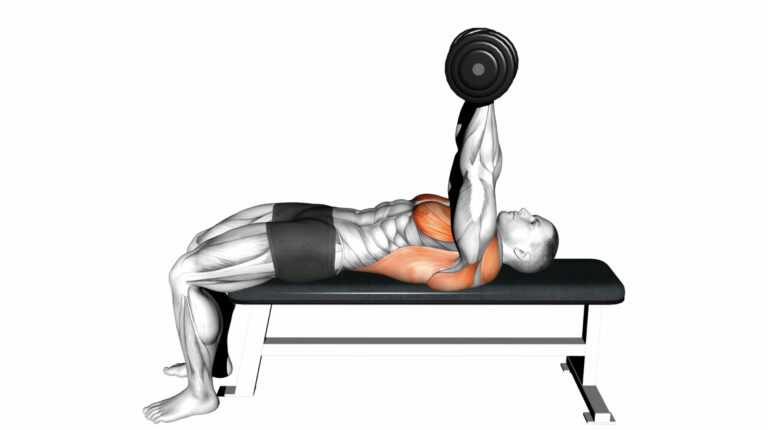8 Effective Cable Hamstring Exercises For Stronger Legs And Better Mobility
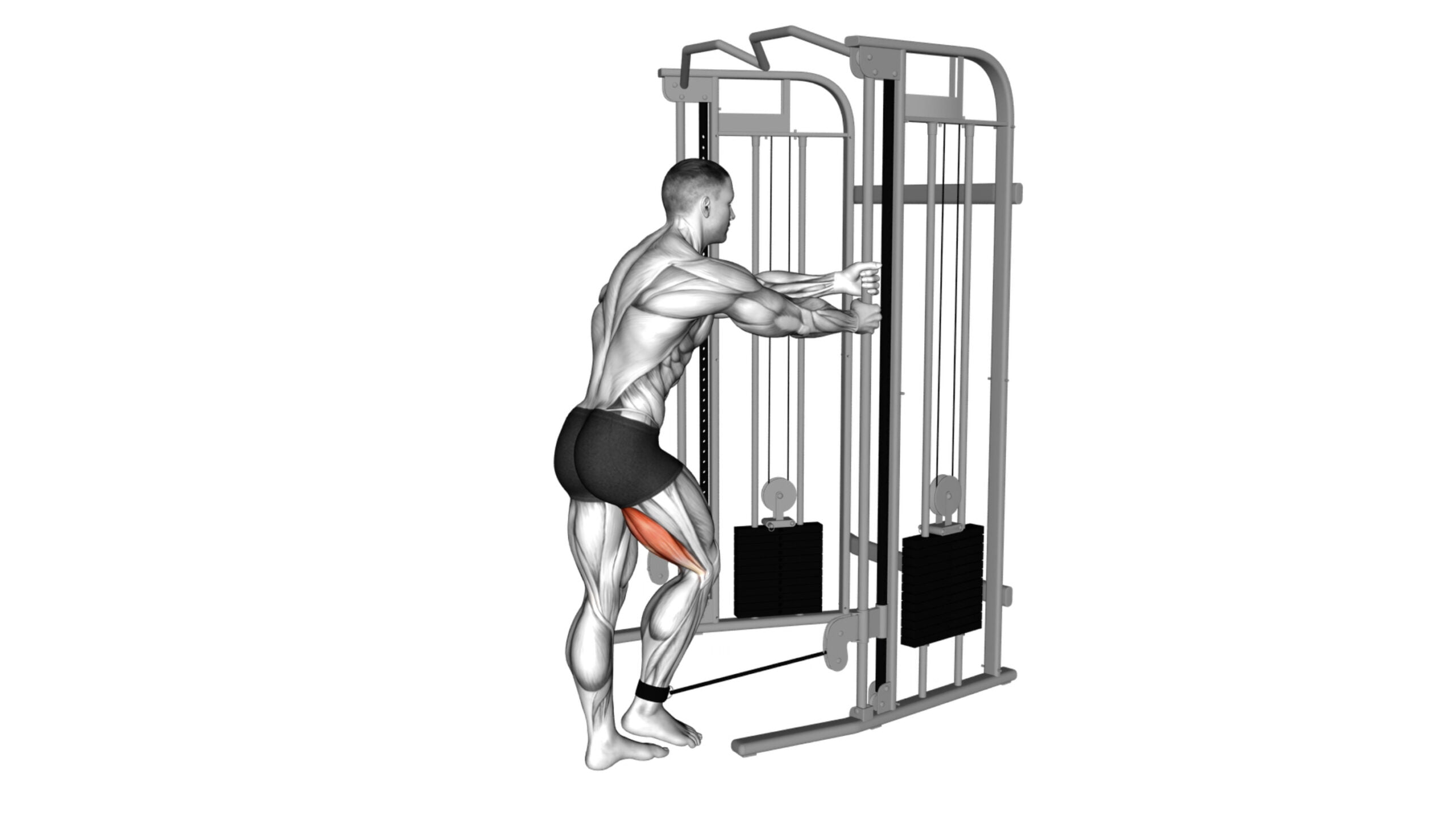
Hamstring strength isn’t just for athletes; it’s a cornerstone of everyday mobility and stability that often goes overlooked in our leg day routines. With years of experience as a certified fitness coach, I’ve seen how incorporating cable hamstring exercises can revolutionize lower body workouts.
These exercises offer a dynamic approach to engaging the muscles at the back of your thighs, crucial for everything from sprinting to simply climbing stairs.
In this article, we’ll dive into 8 powerful movements designed not only to build muscular legs but also to enhance your overall flexibility—a key component to preventing injuries and maintaining an active lifestyle.
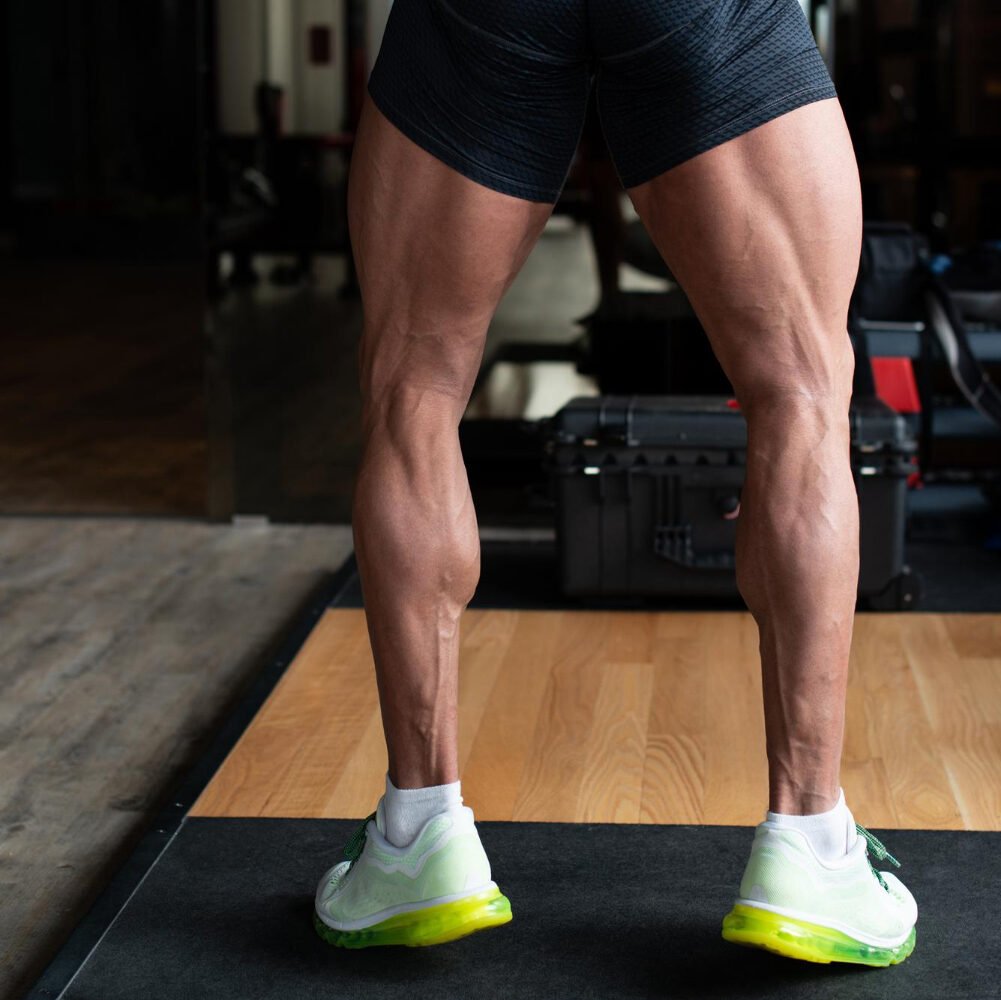
This practical guide will deliver insights backed by professional expertise on how you can elevate your leg training regime. Get ready for stronger strides ahead!
Key Takeaways
- Cable hamstring exercises provide a dynamic way to engage important leg muscles, dramatically improving strength and mobility.
- Using cables for leg workouts ensures constant tension on the muscles, offering more effective muscle activation compared to traditional free weights.
- These exercises target all three major hamstring muscles—biceps femoris, semitendinosus, and semimembranosus—for comprehensive development and injury prevention.
- Key cable exercises like the Assisted Inverse Leg Curl, Deadlifts, Front Squats with V bar, Standing Leg Curls, Kneeling Pull Throughs, Donkey Kickbacks and others work various parts of the legs for balanced strength gains.
- Proper form is essential when performing these movements; it maximizes effectiveness while minimizing risk of injury. Begin with lighter weights to ensure correct technique before progressing.
Understanding the Hamstring Muscles
The hamstring muscles, including the semitendinosus, semimembranosus, and biceps femoris, play a crucial role in hip extension and knee flexion. Strong hamstrings contribute to overall lower body strength and stability.
Understanding their anatomy and function is essential for effective cable hamstring exercises.
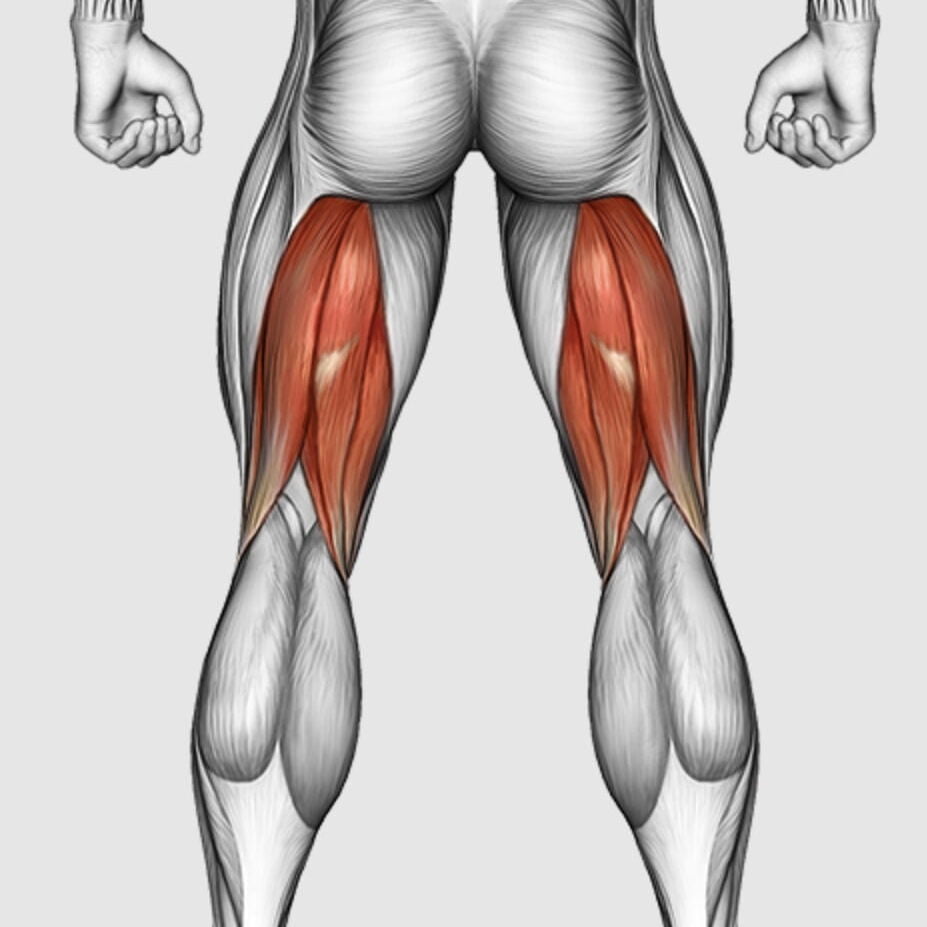
Anatomy and Function
Hamstring muscles are the powerhouse behind your leg’s ability to pull back and drive forward, essential in knee flexion and hip extension. Comprised of the biceps femoris, semitendinosus, and semimembranosus, these muscles stretch from just under the glutes down to the bones of the lower leg.
They allow you to perform everyday activities with ease—from sprinting down a track to simply taking a stroll in the park.
Maintaining robust hamstrings is critical for an active lifestyle; they support movements that involve your hips and knees while protecting against strains and injuries. With cable hamstring exercises providing constant tension during each rep, you activate these key muscles more effectively, promoting strength gains and boosting flexibility better than traditional free weights can offer.
This targeted approach ensures all three components of this muscle group work harmoniously, translating into better mobility and improved overall performance in any physical activity.
Importance of Strong Hamstrings
Strong hamstrings play a pivotal role in maintaining the harmony of your lower body’s kinetic chain. They are the powerhouse that propels you forward with each stride, whether sprinting on a track or simply walking up stairs.
More than just contributors to speed and agility, these robust muscles act as guardians for your knees and hips, absorbing shock and stabilizing joints during high-impact activities such as running or jumping.
Harnessing the strength of your hamstrings translates to an impressive command over movements ranging from explosive athletic performance to everyday tasks. It is crucial not just for athletes but for anyone aiming to enjoy a mobile and injury-free life.
Regularly engaging in hamstring-focused exercises like those involving cables ensures continuous tension throughout the exercise range, yielding superior muscle activation compared to traditional weightlifting methods.
This enhanced engagement paves the way toward building resilient hamstrings that support dynamic movements and safeguard against common leg injuries.

The Benefits of Cable Hamstring Exercises
The benefits of cable hamstring exercises include increased strength and muscle development, improved mobility and stability, and the ability to target all three hamstring muscles effectively.
With these exercises, you can achieve stronger legs and better overall athleticism.
Increased strength and muscle development
Cable hamstring exercises are power players in boosting your leg strength and building solid muscle. Working with cables offers a constant tension on the hamstrings, calves, and glutes that you don’t always get with free weights like barbells or dumbbells.
As you challenge these muscles through movements like cable deadlifts and cable front squats, you’re not just targeting one area; you’re engaging multiple muscles leading to compound benefits.
This means more strength for lifting heavy objects, deeper squats, and a more robust lower body.
Engaging in these exercises can transform your legs into pillars of power—ready for anything from sprinting to jumping or even just improving your daily activities. Cable standing leg curls focus on isolating the hamstrings while cable kneeling pull-throughs bring a fantastic blend of stability work and muscle development.
You’ll notice improved balance alongside the newfound muscle gains because each repetition is an investment in both your muscular foundation and functional mobility. Building this kind of strength goes beyond aesthetics—it’s about creating a capable physique ready to handle life’s physical demands.

Improved mobility and stability
Enhance your leg mobility and stability with cable hamstring exercises. These workouts target the hamstrings, increasing strength and promoting better control over knee and hip movements.
By including cable deadlifts in your routine, you can significantly improve lower body stability while building overall leg strength.
The cable assisted inverse leg curl not only strengthens the hamstrings but also aids in improving knee and hip stability. Additionally, moves like cable front squats with V bar contribute to enhancing both leg strength and stability, helping you move more efficiently in daily activities or sports.
Targeting all three hamstring muscles
Engaging in cable hamstring exercises effectively targets all three muscles of the hamstring: the biceps femoris, semitendinosus, and semimembranosus. By incorporating these exercises into your routine, you can ensure comprehensive development and strength across all areas of your hamstrings.
This is essential for promoting overall leg strength, stability, and injury prevention.
When executing cable hamstring exercises such as the assisted inverse leg curl or donkey kickback, it’s crucial to concentrate on proper form and controlled movements to fully engage all three hamstring muscles.
8 Effective Cable Hamstring Exercises
In this section, we will explore eight effective cable hamstring exercises that can help you build stronger legs and improve your overall mobility. These exercises target all three hamstring muscles and can be an excellent addition to your lower body workout routine.
1. Cable Assisted Inverse Leg Curl
The Cable Assisted Inverse Leg Curl targets the hamstrings and glutes in a controlled manner. To perform this exercise, secure the ankle strap of the cable machine to the lower pulley and lie face down on a bench.
Then, curl your legs upward against the resistance of the cable to engage your hamstring muscles effectively.
This exercise is essential for building strength in your hamstrings and glutes while also promoting stability in your lower body. By utilizing the cable machine, you can ensure constant tension throughout the movement, leading to improved muscle development and overall mobility.
2. Cable Deadlift
Moving on from the Cable Assisted Inverse Leg Curl, the cable deadlift is another powerful exercise for strengthening and toning your hamstrings. By using a cable machine, you can effectively target your hamstrings, glutes, and lower back all at once.
This exercise provides resistance throughout the entire range of motion, making it an excellent addition to any lower body workout routine. Incorporating the cable deadlift into your regimen can lead to enhanced overall lower body strength and improved athletic performance while reducing the risk of injury.
3. Cable Front Squat
The cable front squat is a compound exercise that engages multiple muscle groups, including the quadriceps, glutes, and hamstrings. This exercise involves holding the cable handles at shoulder height while performing squats, which helps increase lower body strength and overall stability.
The V bar variation of this exercise adds an extra challenge by requiring greater control and balance while targeting the same muscle groups.
Cable front squats are effective for building lower body strength and improving mobility, making them a valuable addition to any leg workout routine. By incorporating this exercise into your training regimen, you can develop functional strength in your legs while also enhancing flexibility and balance.
4. Cable Front Squat with V bar
Using the V bar attachment on the cable machine, grab onto it shoulder-width apart. Lift the bar towards your chest and keep your elbows up to create a comfortable grip during the front squat movement.
As you descend into the squat position, aim to keep your chest up and core engaged for stability.
Engage your quadriceps, glutes, and hamstrings as you push through your heels to return to a standing position. This exercise not only targets multiple lower body muscle groups but also enhances balance and core stability while building overall strength in the lower body.
5. Cable Standing Leg Curl
The Cable Standing Leg Curl is a key exercise for strengthening the hamstring muscles and promoting better leg mobility. Executed while standing, this exercise involves using a cable machine to curl the legs upward, effectively engaging the hamstrings.
As an alternative to seated leg curls, it provides a different angle and resistance, targeting the hamstring muscles in a unique way. When performing this exercise, maintaining proper form and control is crucial to maximize its benefits and avoid strain.
Incorporating the Cable Standing Leg Curl into your workout routine can contribute significantly to building strong and mobile legs by effectively targeting the often-underworked hamstring muscles.
6. Cable Kneeling Pull Through
The Cable Kneeling Pull Through effectively targets the hamstrings and glutes, contributing to improved lower body strength and mobility. This exercise provides a unique range of motion and resistance, which can help diversify a workout routine.
By incorporating the Cable Kneeling Pull Through, individuals can enhance their balance and stability while engaging multiple muscle groups simultaneously, making it an efficient addition to a leg workout.
Different variations of cable machines can be utilized to perform this exercise, allowing for versatility in training while reaping the benefits of enhanced hamstring strength and mobility.
7. Cable Pull Through
For the cable pull through, attach the cable at the lowest setting and stand facing away from the machine. Grasp the rope attachment between your legs with both hands. Begin by hinging at your hips while keeping a slight bend in your knees and maintaining a straight back.
Then, extend your hips to bring your body upright, squeezing your glutes at the top of the movement. This exercise effectively targets and strengthens not only your hamstrings but also engages your glutes and lower back.
Engaging in cable pull throughs can significantly enhance hip mobility and stability while reinforcing strength in the posterior chain. By incorporating this exercise into your routine, you’ll be on track to achieve robust legs and improved athletic performance, complementing other effective cable hamstring exercises like kneeling pull throughs and assisted inverse leg curls for a well-rounded lower-body workout regimen.
8. Cable Donkey Kickback
The cable donkey kickback is a valuable exercise that effectively targets the glutes and hamstrings. By attaching an ankle cuff to a low pulley cable, the kicking motion engages muscles in the back of the leg, contributing to improved strength and lower body mobility.
This exercise not only enhances stability and balance but also requires coordination for proper execution. Moreover, adjusting the weight on the cable machine allows for progression as strength increases over time.
Including this exercise in a comprehensive leg workout can lead to stronger, more toned legs and overall athletic performance.
Tips for Proper Form and Technique
When performing cable hamstring exercises, proper form and technique are crucial for maximizing the effectiveness of the workout and preventing injury. Maintaining proper alignment, controlling the movement, and using appropriate weight are key factors to keep in mind when executing these exercises.

Maintaining proper alignment
Maintain a neutral spine and keep shoulders back and down to ensure proper alignment during these exercises. Engage the core and stabilize the hips to maintain proper form and technique, which is essential for effective hamstring workouts.
Keep knees in line with toes, avoiding excessive forward or backward movement to promote correct alignment throughout the exercises.
By following these key principles of proper form and alignment, you can optimize the effectiveness of cable hamstring exercises while reducing the risk of potential injury.
Controlling the movement
After ensuring proper alignment, controlling the movement is key to maximizing the benefits of cable hamstring exercises while minimizing the risk of injury. By maintaining a slow and deliberate motion throughout each exercise, you can effectively target the hamstring muscles and surrounding stabilizing muscles.
This approach also helps in fully engaging the muscle fibers across their entire range of motion, leading to increased strength and improved mobility.
Using appropriate weight for your fitness level further enhances your ability to control the movement during these exercises. It’s important to focus on quality over quantity, prioritizing controlled contractions and extensions rather than rushing through repetitions.
Using appropriate weight
Choosing the right weight is crucial to ensure that you effectively engage your hamstring muscles and reduce the risk of injury. Start with lighter weights to focus on proper form and muscle activation.
As strength and technique improve, gradually increase the resistance to continue challenging your hamstrings while maintaining control over the movements.
Now let’s delve into tips for maintaining proper form and technique during cable hamstring exercises.
Conclusion
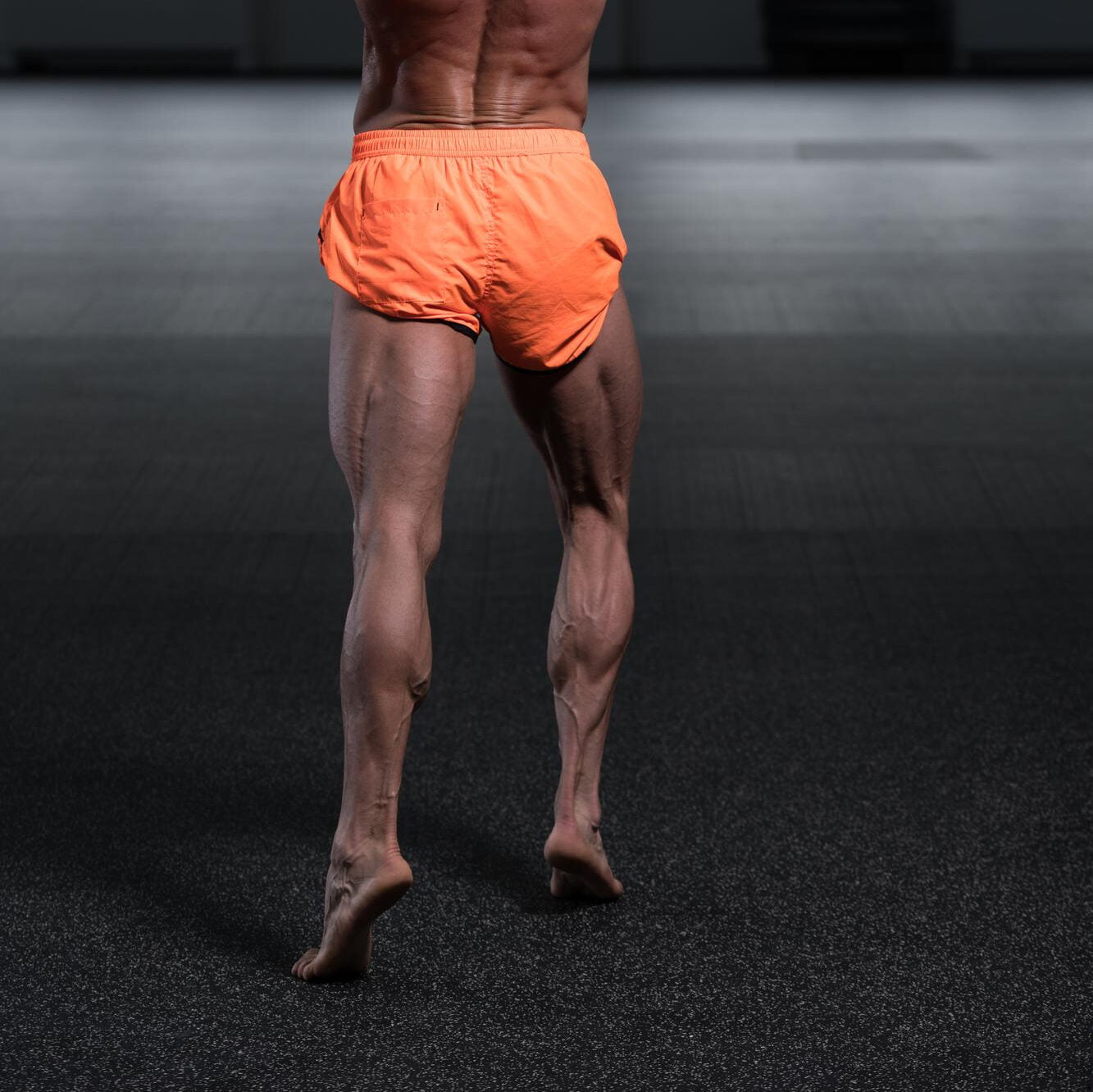
These cable hamstring exercises offer practical and efficient ways to strengthen your legs and improve mobility. How will you incorporate these strategies into your fitness routine? By committing to these exercises, you can experience significant improvements in leg strength and flexibility.
Explore additional resources for further learning or consult a fitness professional for personalized guidance. Take charge of your leg strength and mobility with these effective cable hamstring exercises!
FAQs
1. What are the benefits of cable hamstring exercises?
Cable hamstring exercises strengthen your lower limbs, targeting muscles like the hamstrings, gluteus maximus, and calves for better mobility and decreased risk of injury.
2. Can cable workouts improve my squat and deadlift performance?
Absolutely! Exercises like Romanian deadlifts using cables can enhance your overall strength training by engaging stabilizing muscles such as the vastus medialis and rectus femoris.
3. Are isolation exercises necessary for developing hamstrings?
Incorporating isolation exercises with cables specifically works your hamstring muscles, promoting balanced strength in your legs alongside compound movements like goblet squats.
4. What is an effective cable exercise to target my entire leg?
The Bulgarian split squat with a cable machine challenges various muscle groups including quads, adductors, abductors, and the flexor group responsible for hip abduction.
5. How do I avoid hamstring strains while exercising?
Ensure proper form during each repetition; focus on controlled movements particularly when performing actions that involve plantar flexion or knee joint stabilization to prevent overextension or strain.
6. Can beginners perform these cable leg exercises safely?
Yes! Beginners can safely execute these movements with appropriate weight training guidance focusing on correct posture—starting from calf raises up to more complex lifts that involve the glute muscles and hamstrings ensures safety while exercising.

Author
Years ago, the spark of my life’s passion ignited in my mind the moment I stepped into the local gym for the first time. The inaugural bead of perspiration, the initial endeavor, the very first surge of endorphins, and a sense of pride that washed over me post-workout marked the beginning of my deep-seated interest in strength sports, fitness, and sports nutrition. This very curiosity blossomed rapidly into a profound fascination, propelling me to earn a Master’s degree in Physical Education from the Academy of Physical Education in Krakow, followed by a Sports Manager diploma from the Jagiellonian University. My journey of growth led me to gain more specialized qualifications, such as being a certified personal trainer with a focus on sports dietetics, a lifeguard, and an instructor for wellness and corrective gymnastics. Theoretical knowledge paired seamlessly with practical experience, reinforcing my belief that the transformation of individuals under my guidance was also a reflection of my personal growth. This belief holds true even today. Each day, I strive to push the boundaries and explore new realms. These realms gently elevate me to greater heights. The unique combination of passion for my field and the continuous quest for growth fuels my drive to break new ground.

